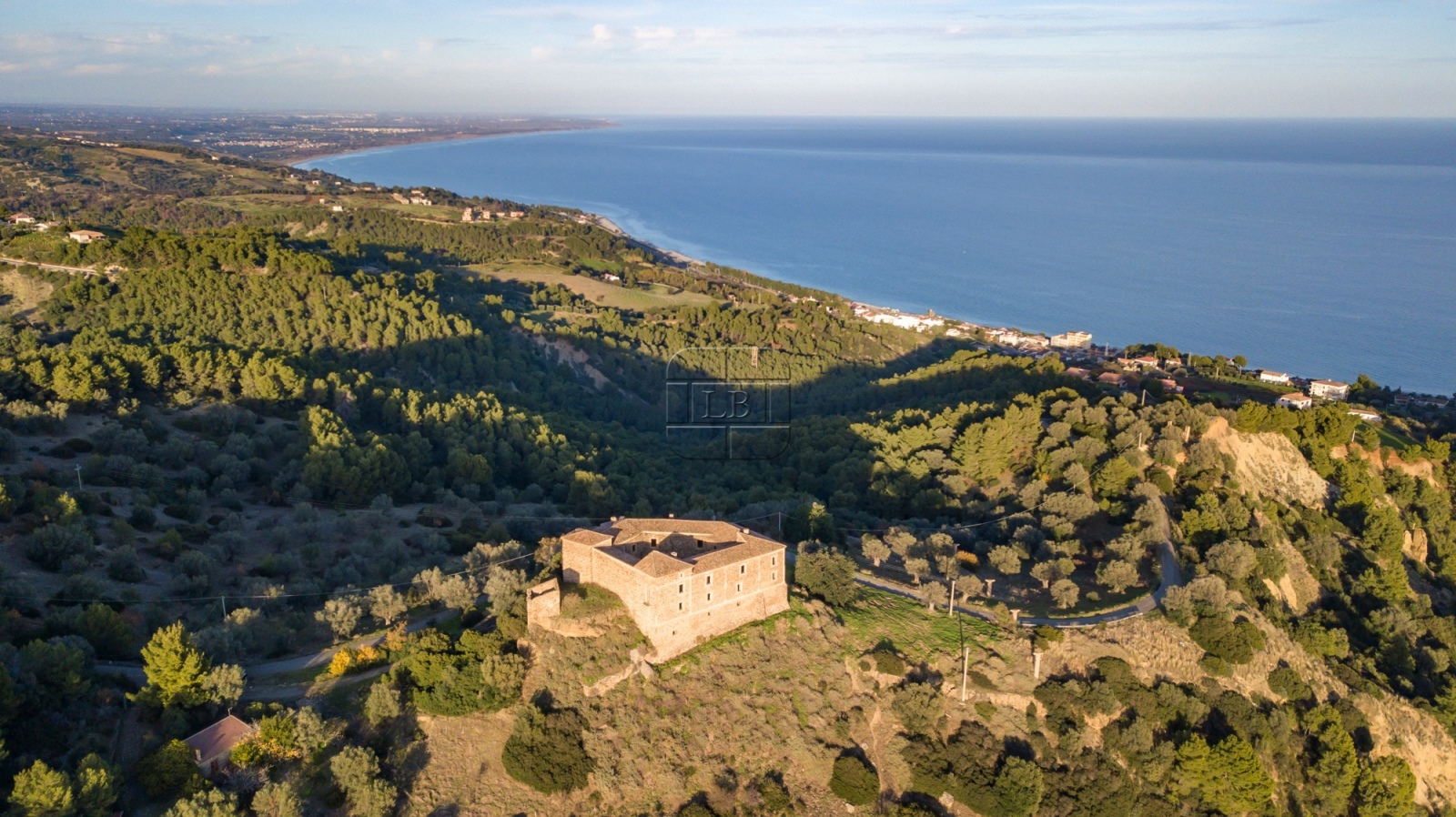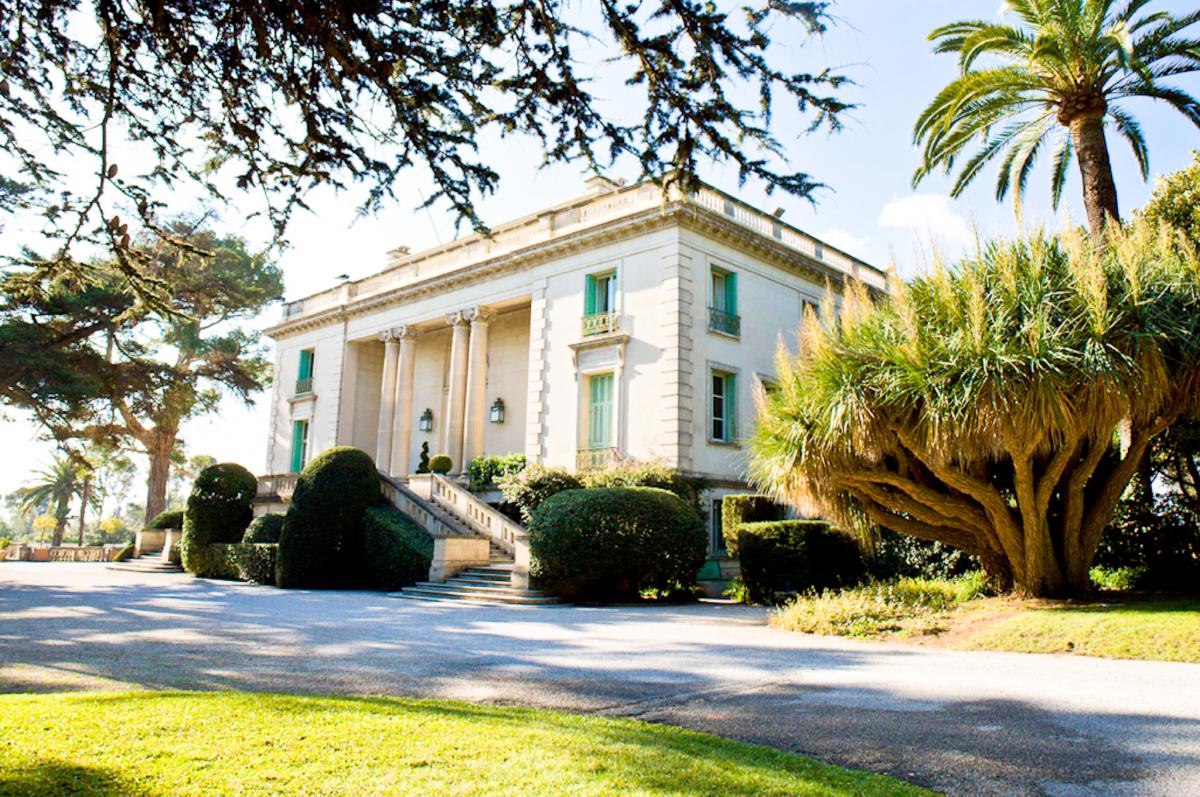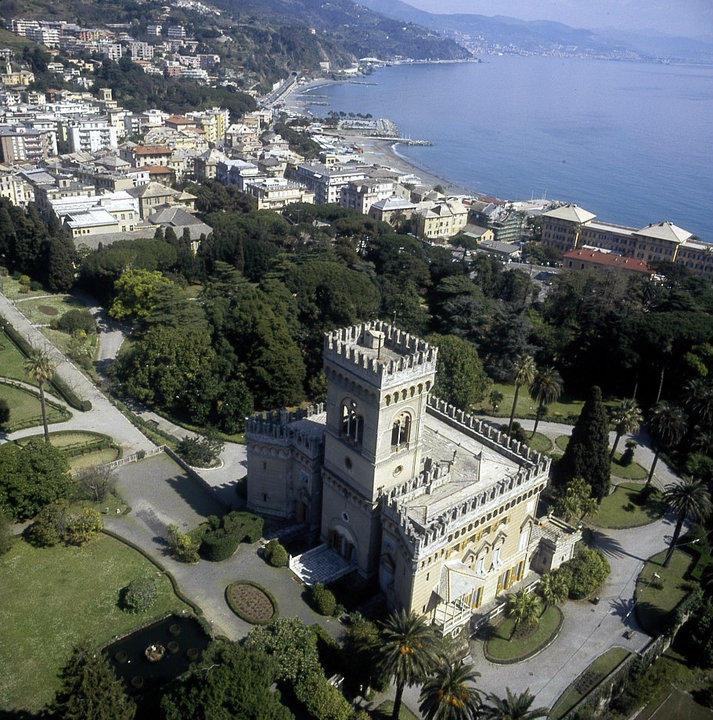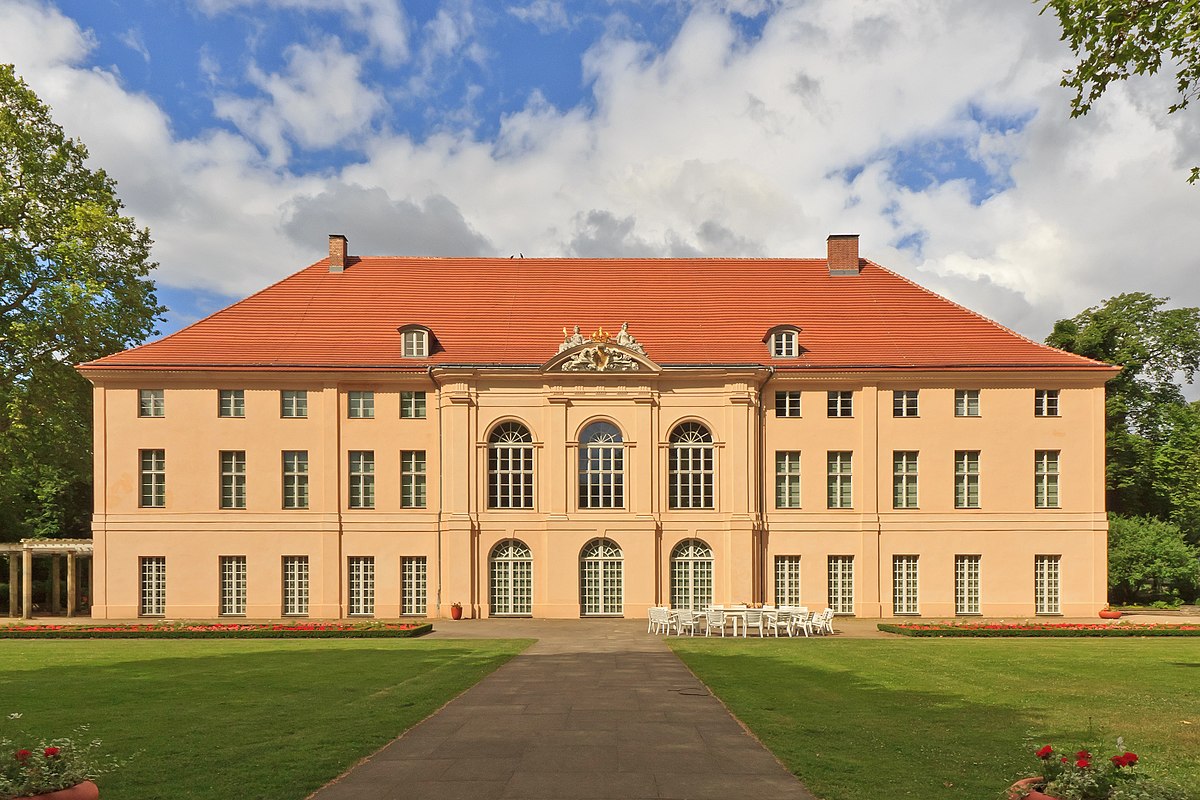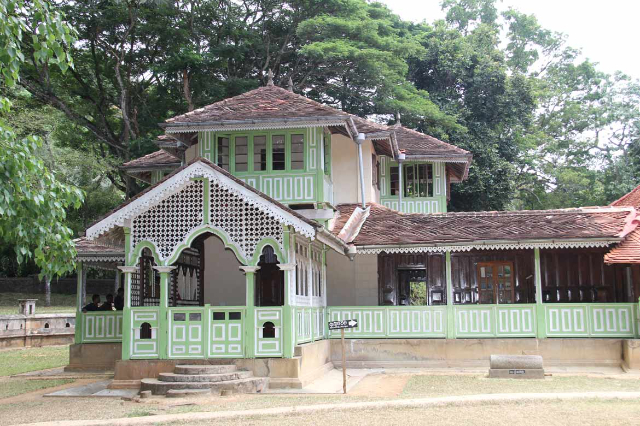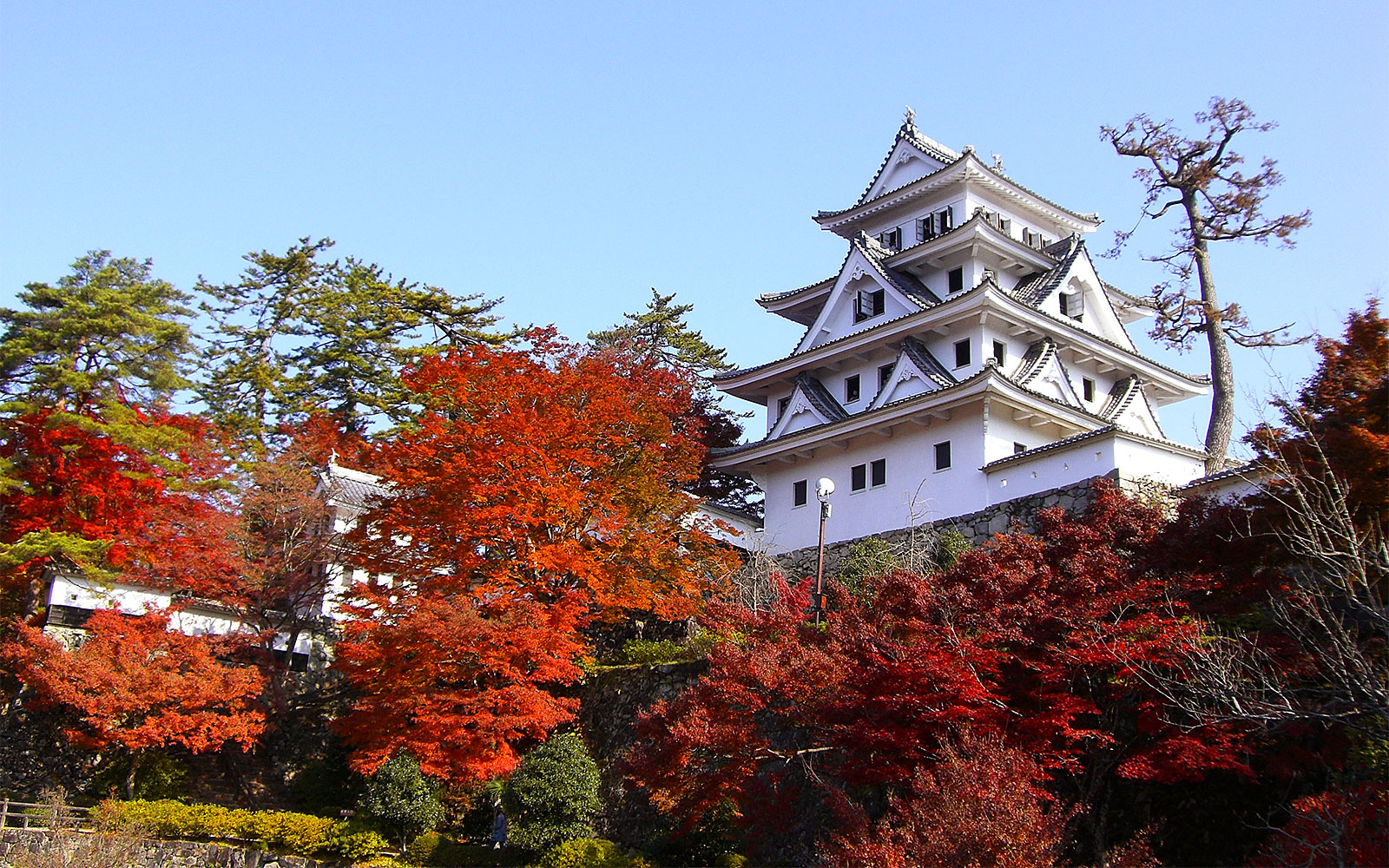The "Castle" of Montegiordano located in Piano delle Rose.
This palace, as we know it today, was commissioned by the Marquises Pignone del Carretto around 1600 and used it as a winter and hunting residence. Most probably, however, the structure as we know it today and admire in its beauty, was only rebuilt by the Marquises on the ruins of an older and previously destroyed one. In a chronicle written by the historian of Oriolo Giorgio Toscano in 1695, it is remembered that in this locality there was "a castle of which today we can only recognize some dirute walls". Even during the first years of use of the Pignone family, therefore, there were only a few walls still standing and from what the Tuscan writer still writes, it was rebuilt and restored by the posterity of the Pignone family. We find news in fact, in a map of 1015, that in the locality Piano delle Rose already stood the monastery of S. Anania and the castle of Petra Ceci belonging to the feud of Oriolo. It is said that in such documents the Castle was donated to a hegumen of S. Anania, because in case of raids by the Infidels (Saracen raids 916-1048) it could be used as a shelter by the monks and the population. If so, on the Piano delle Rose, already at the beginning of the 11th century, there would have been a settlement centralized around a castle and a Greek monastery. The successors of the Pignone family were the Barons de Martino (of Campania origin) who bought the castle and all the properties of the feud in 1747. They stayed there permanently until 1879/1881 until the property was put up for auction and bought by the Solano family, taking possession of all the properties except the chapel of S. Rocco. It was inhabited until the end of the 1940s and for many years it represented the centre of the district’s agricultural activity. During the period of olive harvesting and during the harvest it housed the farmers and their families who went to work on the estate and lived in the castle. It constituted an autonomous productive structure, so the olives harvested were pressed in the internal mill, just as the wheat after threshing was ground in the mill. In 1997 the consolidation and conservative restoration works were carried out. In the wake of this information, most likely, the first nuclei that developed in this area date back to Roman times and before that to Greek times. In fact, according to some people, Pythagoras, during his movements from Crotone to Metaponto and Taranto (where he held school), chose this area of the Piano delle Rose as his occasional residence.
